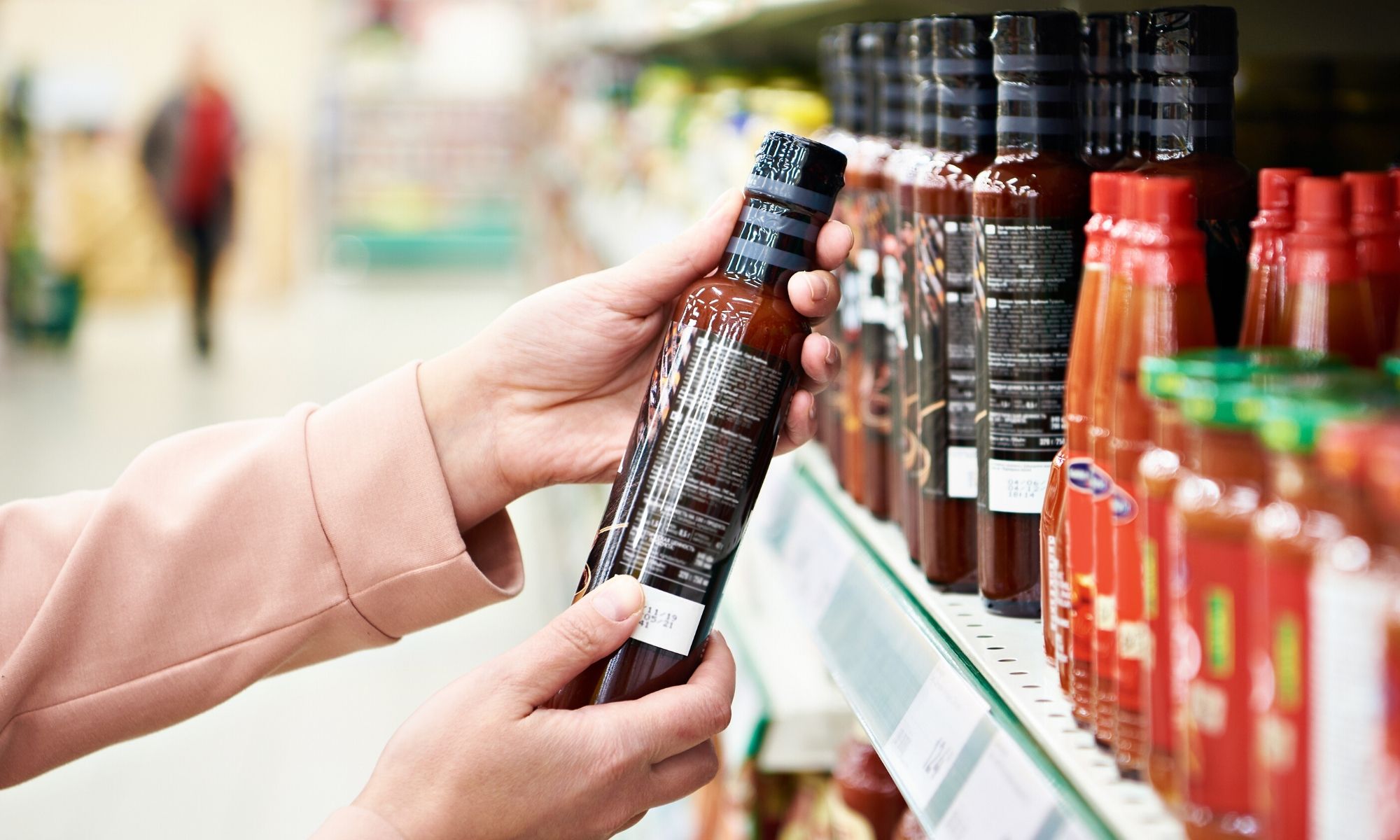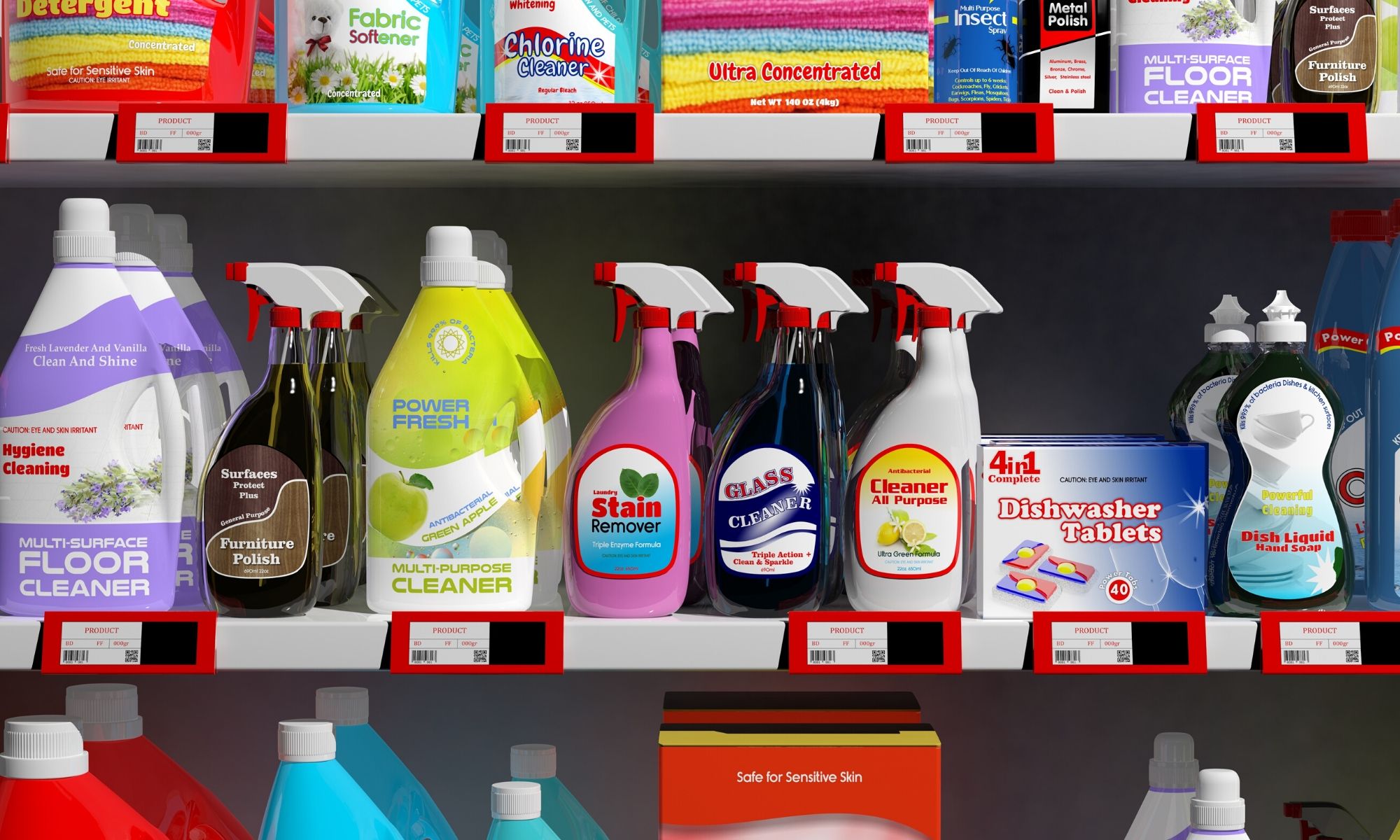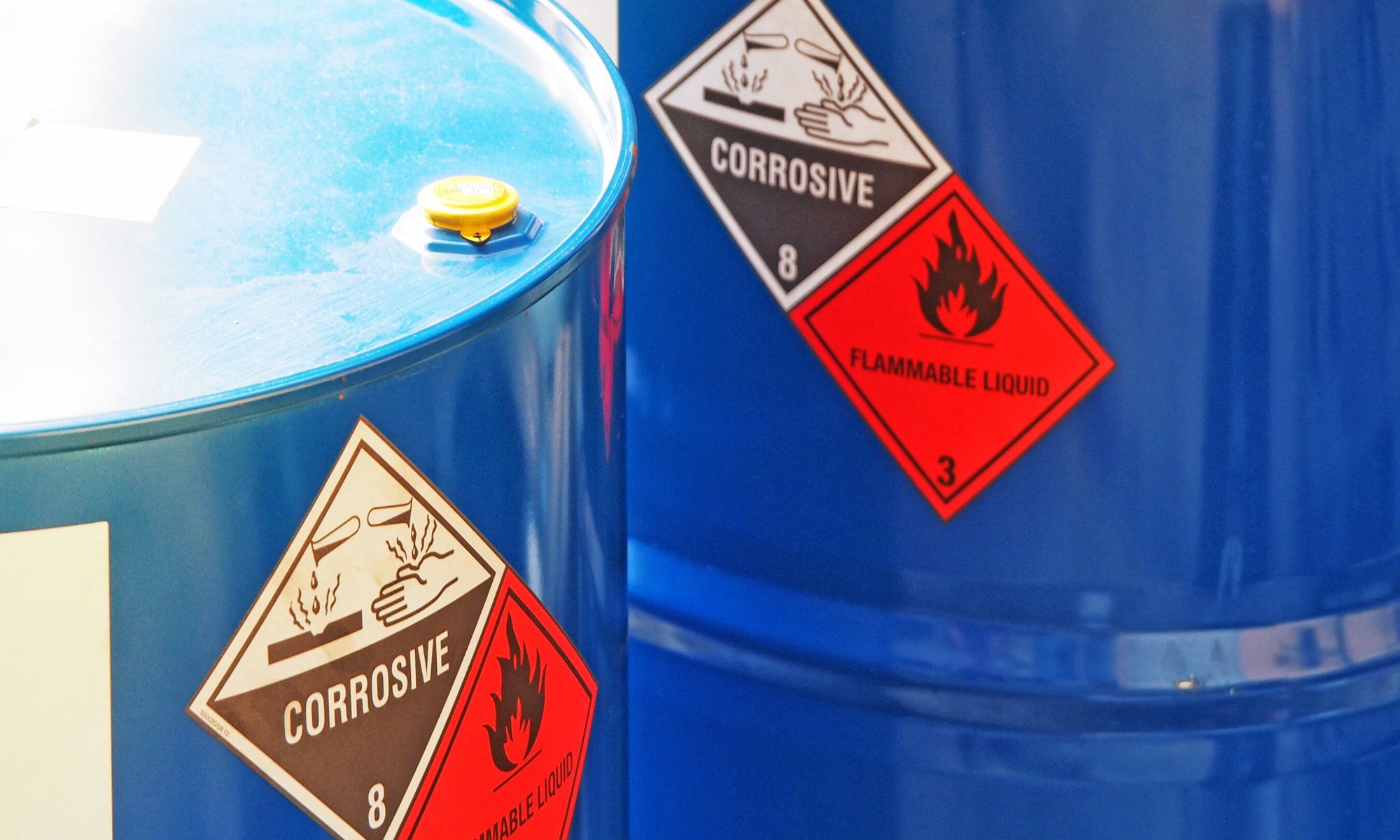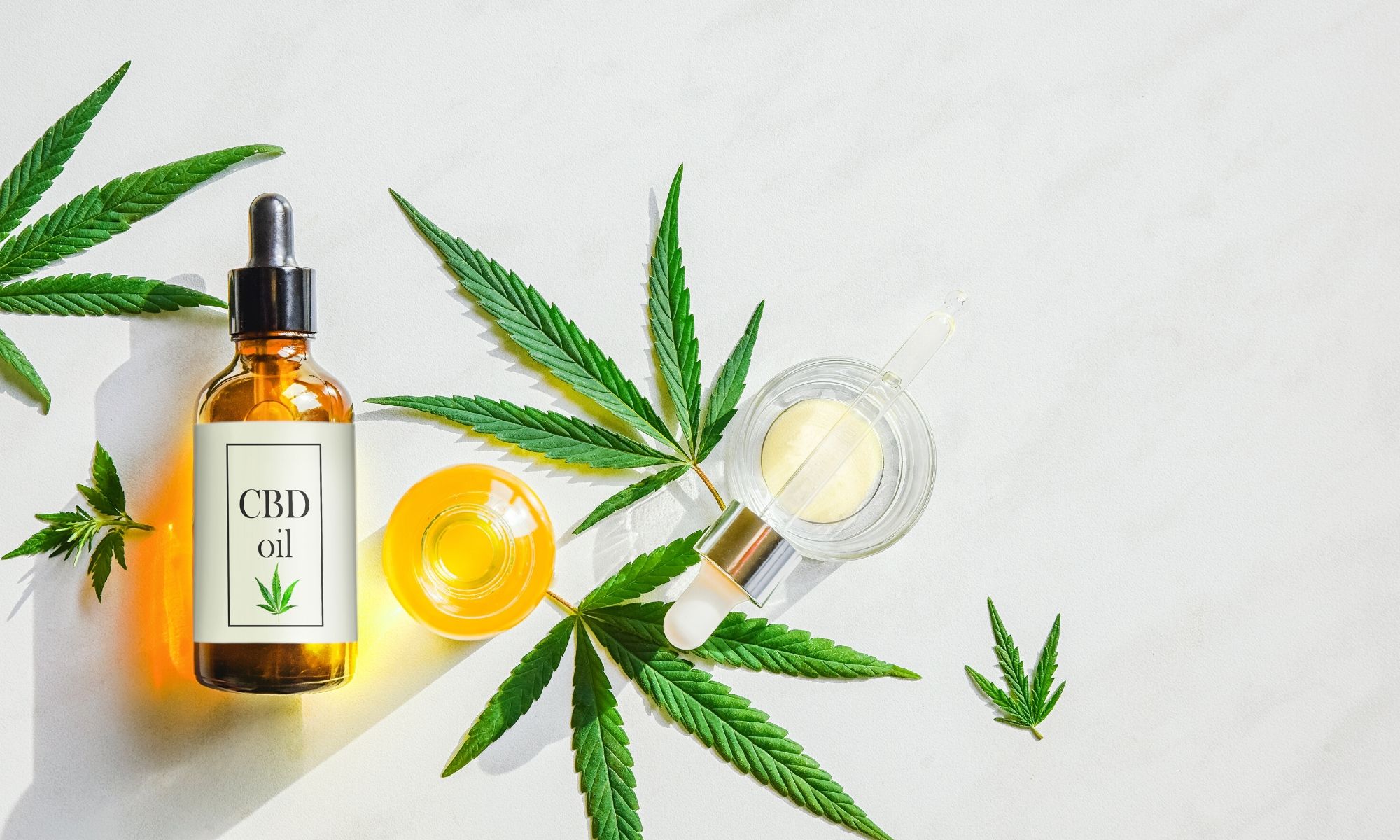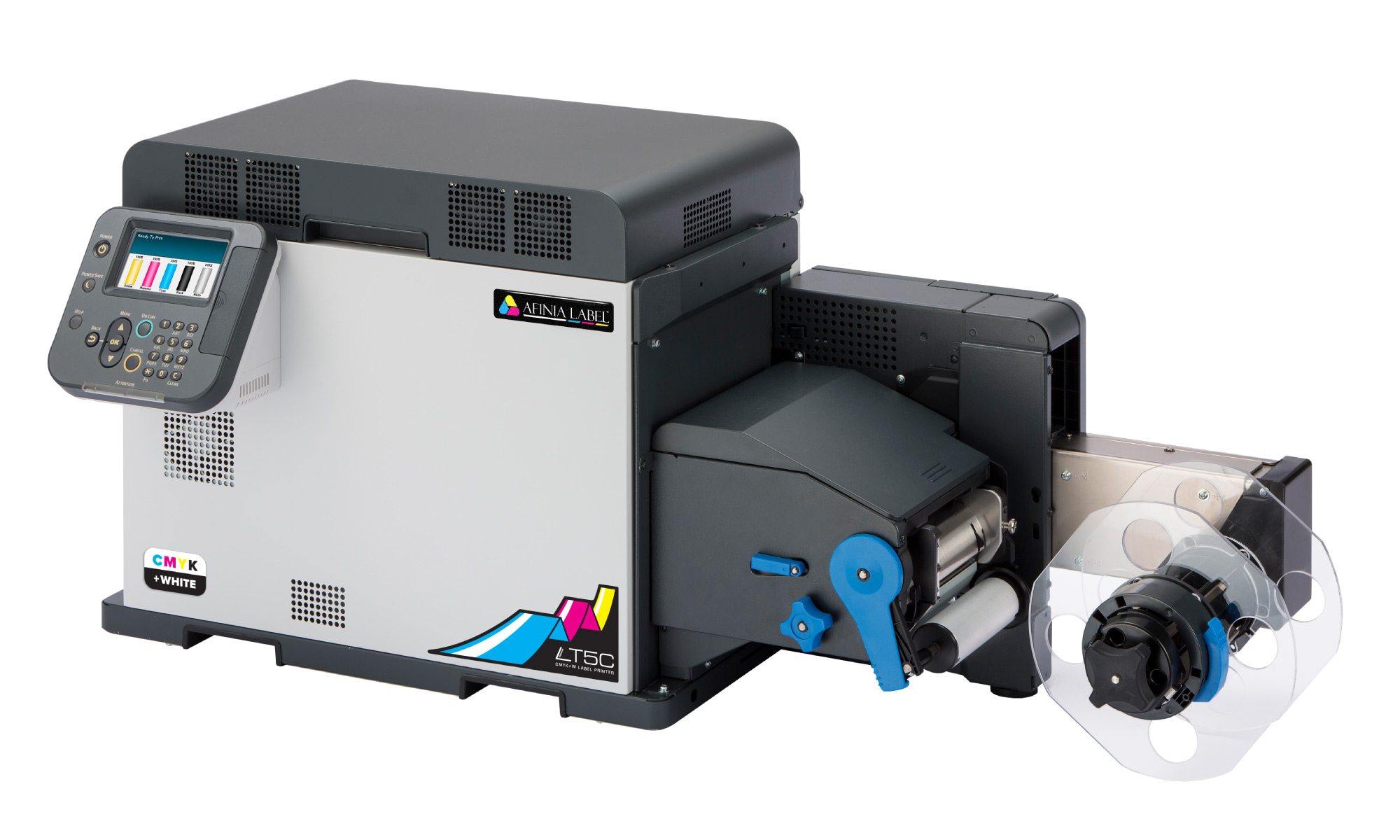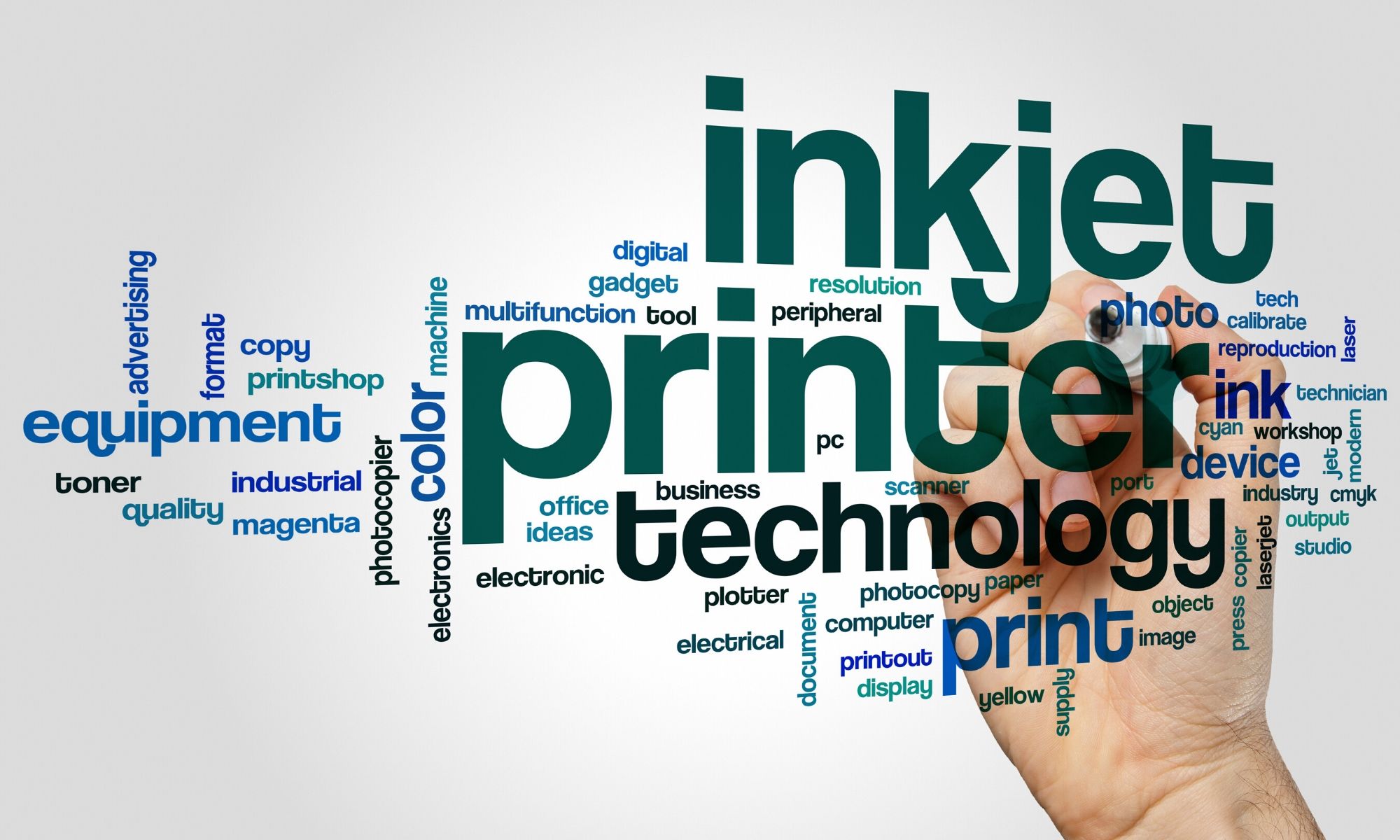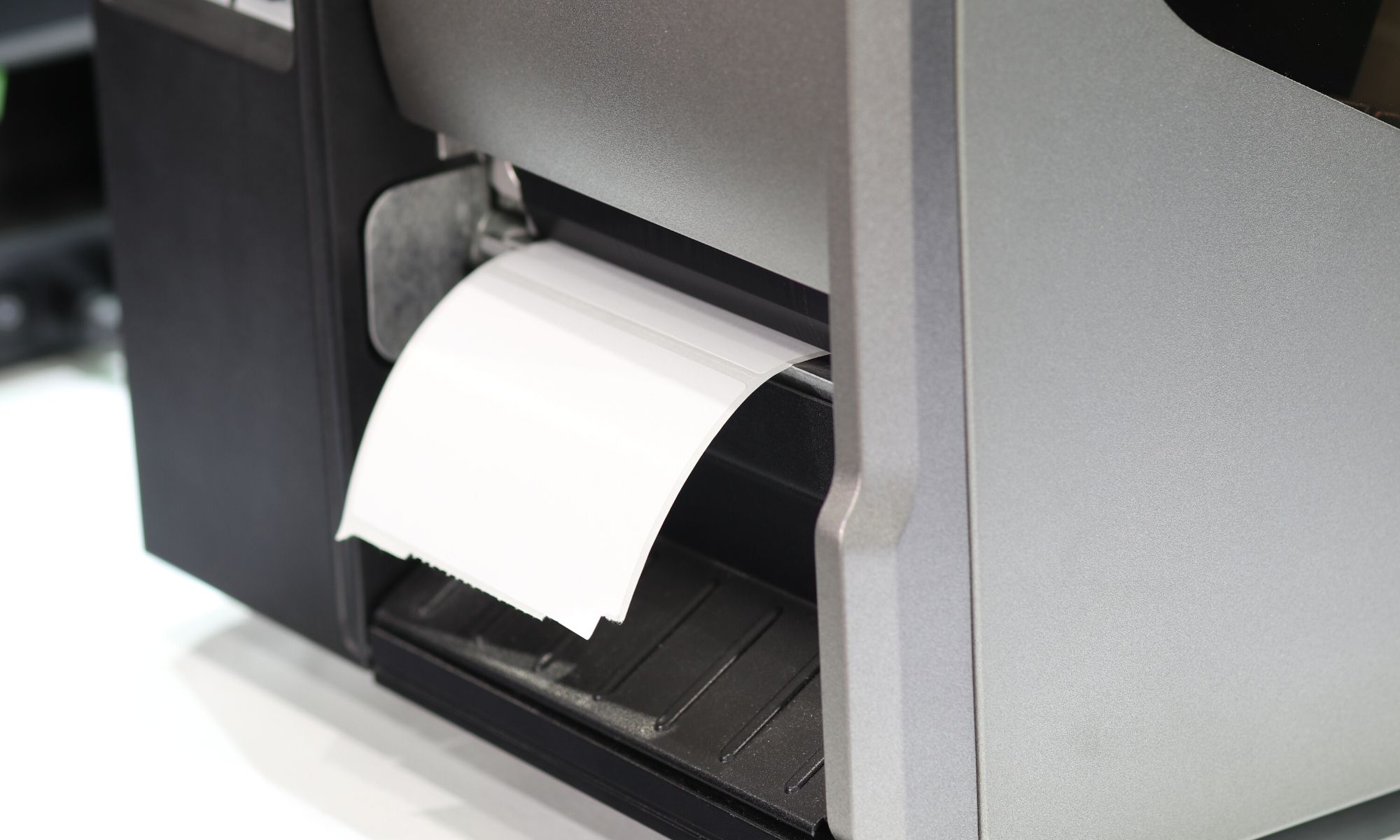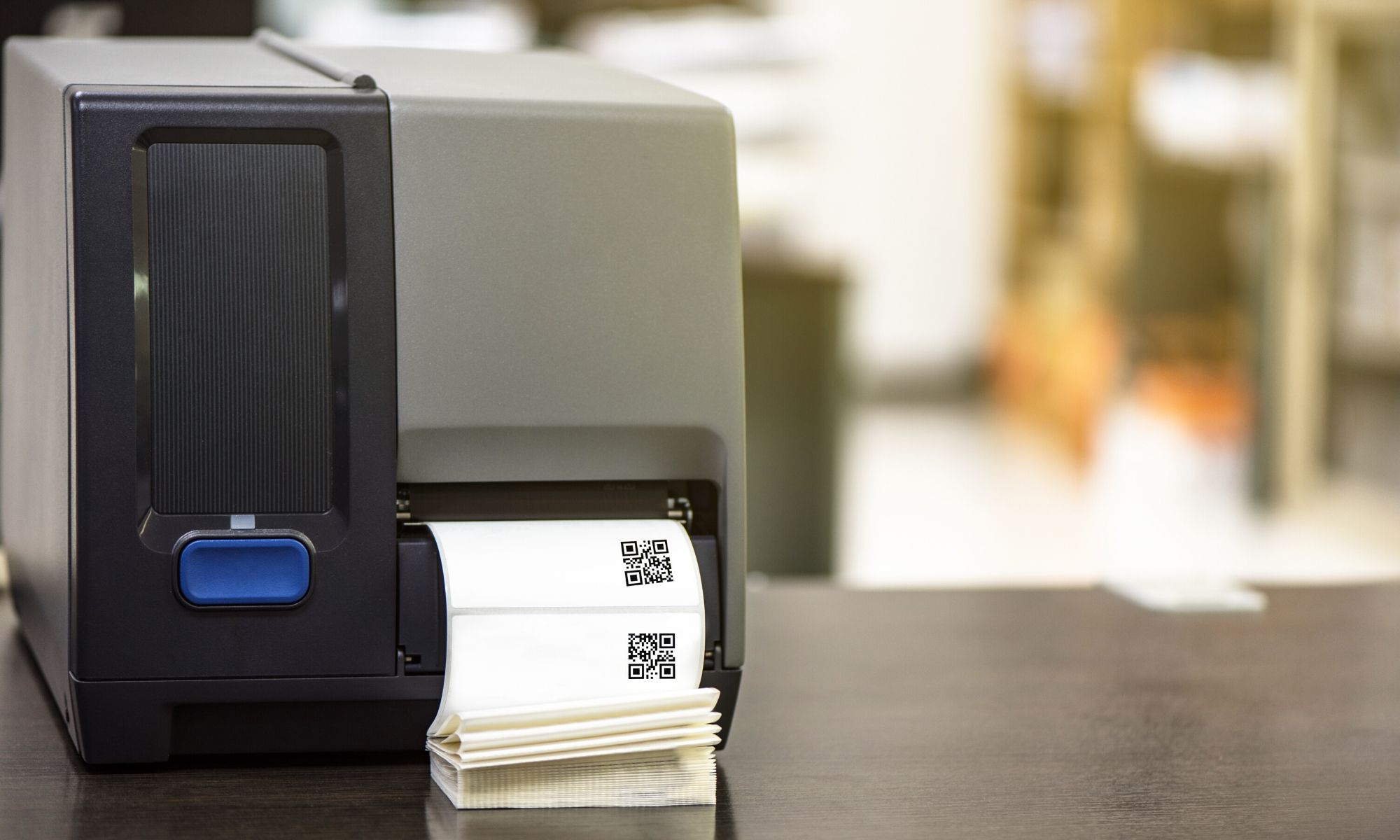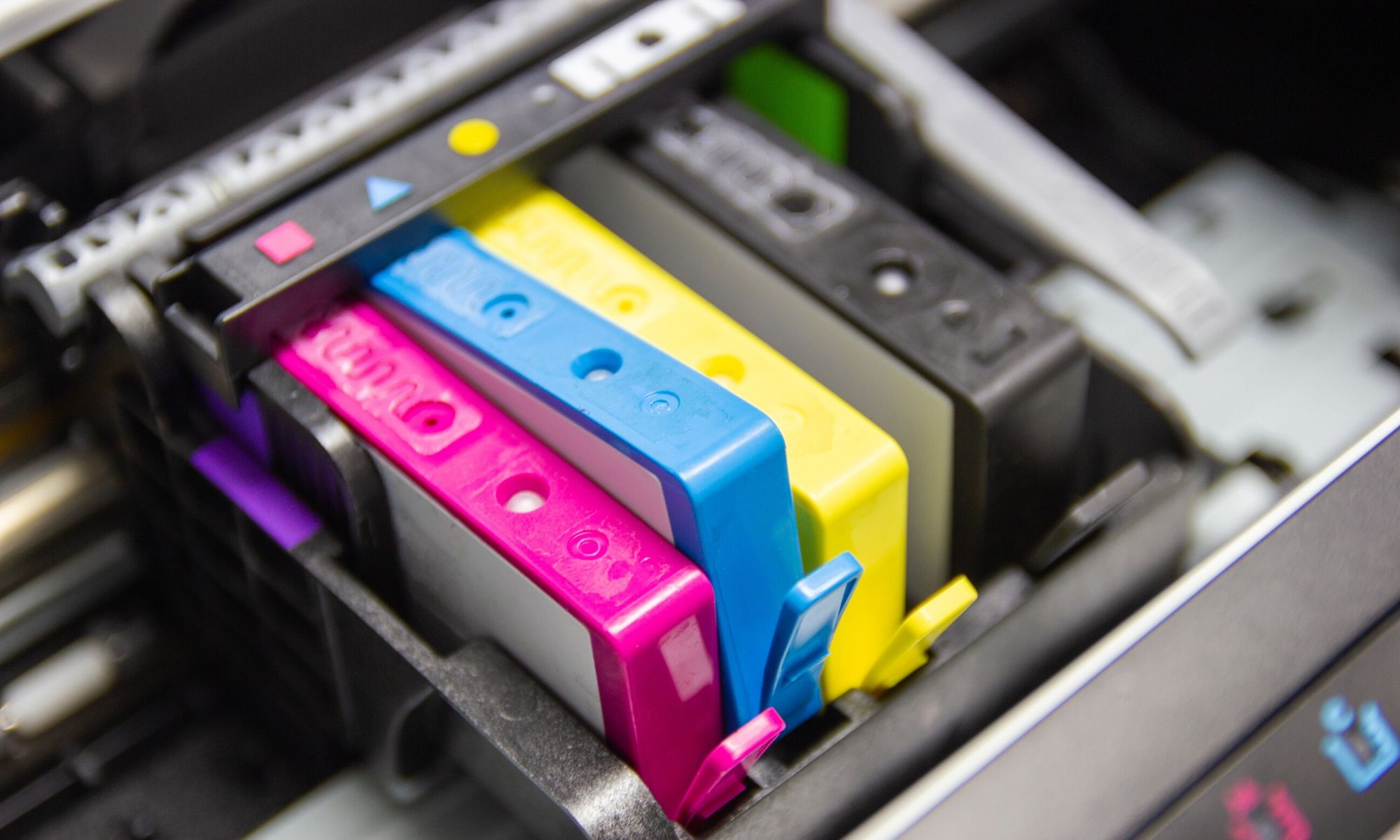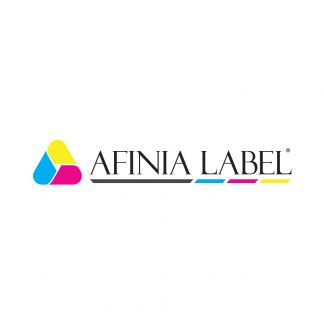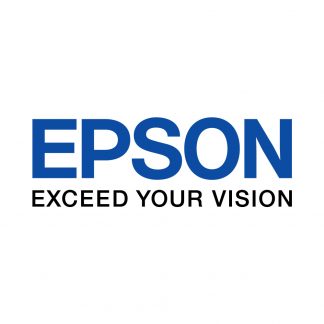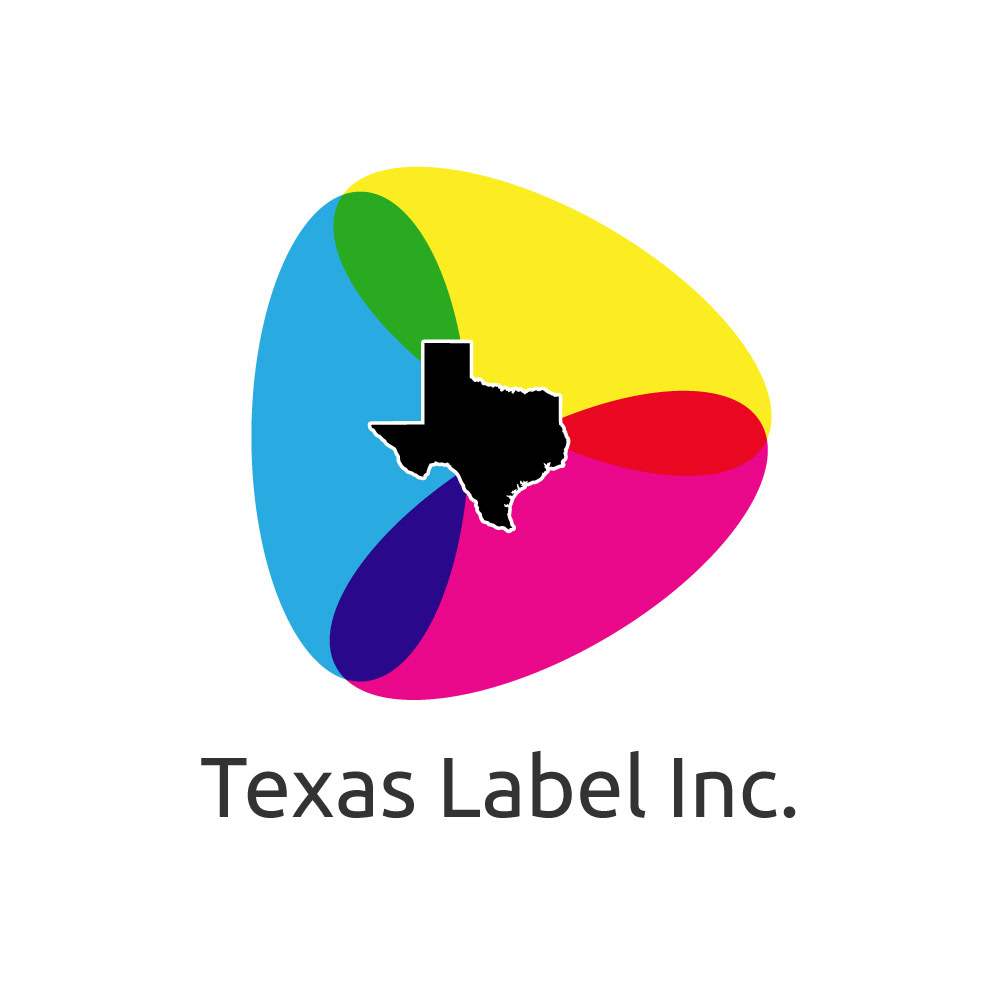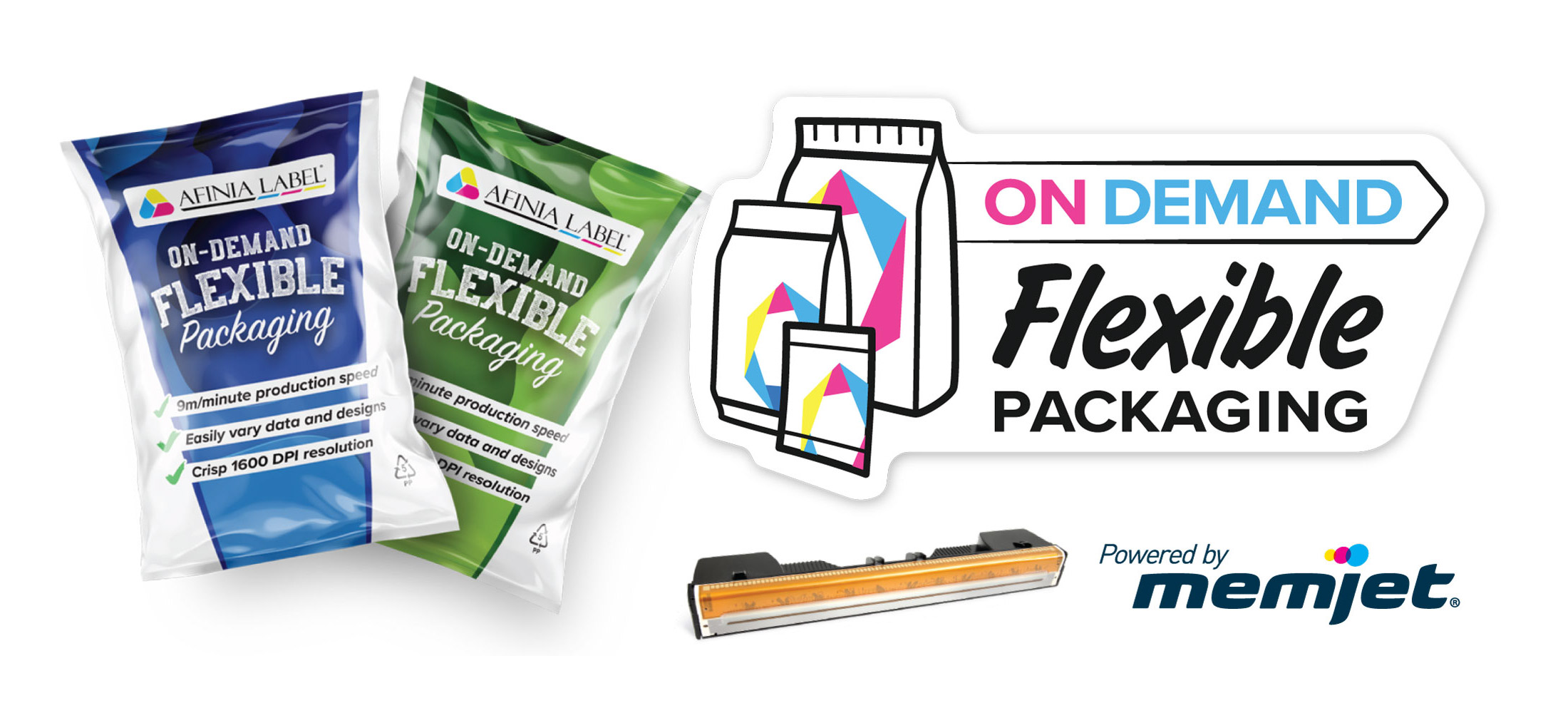
Flexible product packaging has become an increasingly popular method across many industries. Flexible packaging is perhaps most common in the food industry, as it allows the manufacturer to provide the highest possible volume of products per package. Flexible packaging can be created from a variety of materials, the most common being plastic, paper, and foil, and can take on a number of different forms, from bags to pouches to sleeves to wraps. Though the shape and size of flexible packaging may change from product to product, the practices used to develop such packaging often remain the same. Indeed, most manufacturing companies adhere to the same practices when developing flexible product packaging. This guide explores some of the best practices in flexible package development and the importance of adhering to such practices, regardless of industry. Read More »

